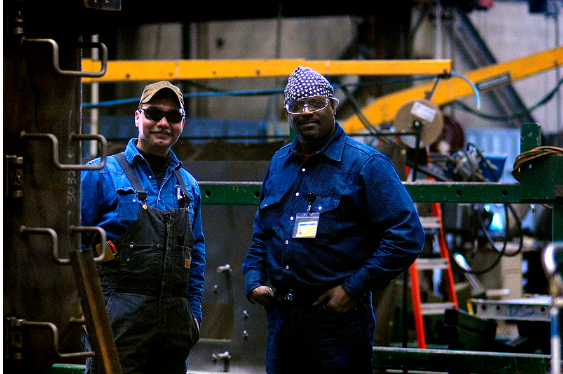What Should You Know About Installing Required Safety Railings and OSHO Guidelines?

The increasing number of falling accidents is a big concern for big and small enterprises.
OSHA safety guidelines demand safety railings for a platform at a height more than 6 feet from the ground.
Businesses requiring safety railings need to follow the OSHA guidelines and devote some time to understand its safety instructions.
Here is some information.
Guardrail Guidelines
As per OSHA guidelines, you should know when your building needs safety railings and where. Safety railings aim to prevent unauthorized access and prevent fall accidents in certain areas. For example, if your building has accessible roofs, landings, and platforms, you will need safety railings.
OSHA requirements are stringent and applicable to every industry, including the construction and general industries. The employer’s responsibility is to identify platforms requiring safety railings and install fall protection systems at appropriate places.
The Safety Railings Should Be Properly Installed
Just having safety railings installed is not enough. The OSHA guidelines also require the employers to ensure these safety systems are correctly installed. If the safety railings are not correctly installed, your organization may face trouble meeting other specifications and compliance in the OSHA safety documents.
The situation may lead to your company paying more fines for non-compliance with OSHA safety requirements. In addition, if any disaster happens due to oversight, your company might have to pay a significant amount of money in lawsuits for medical expenses.
Installation Requirements
For the safety railings to be up to the compliance code, they should be a minimum of 42 inches above ground level space.
The roof area also requires some kind of guard rails unless it has some other fall protection system installed.
If the building structure does not permit the installation of safety railings, the building owner should have a personal fall arrest system like safety nets, warning systems, and monitoring capabilities.
Load Levels
The OSHA specification also mentions the load levels for the safety railings. For example, the safety railings should withstand the pressure of 50 pounds per linear foot. Also, it should be strong enough to withstand any stress or shock from a falling object without failing.
If the safety railings do not meet OSHA load levels compliance, they could fail or break during an event and may not protect the falling individual.
The OSHA documentation mentions the minimum strength requirement. For example, the safety railings should withstand 200 pounds of force in any direction without breaking.
Strong Anchors
The OSHA compliance is not limited to safety railings alone. It also covers anchors used to install the safety railings on any platform. For example, sleeve anchors are generally used to install safety railings on a roof. If you install a railing system on a newly constructed floor, you should wait until the concrete dries up and the surface is free from any cracks or signs of deterioration.
If you are installing safety railings on steps covered with stones, you should opt for sleeve anchors that will prevent stone breakage while installing safety railings. In most cases, the OSHA specification requires a business to adopt a non-penetrating installation method for safety railings.
Thus, safety railings are a necessity to prevent nasty falls. The safety railings avoid accidents and give peace of mind to all parties by preventing fall accidents.






